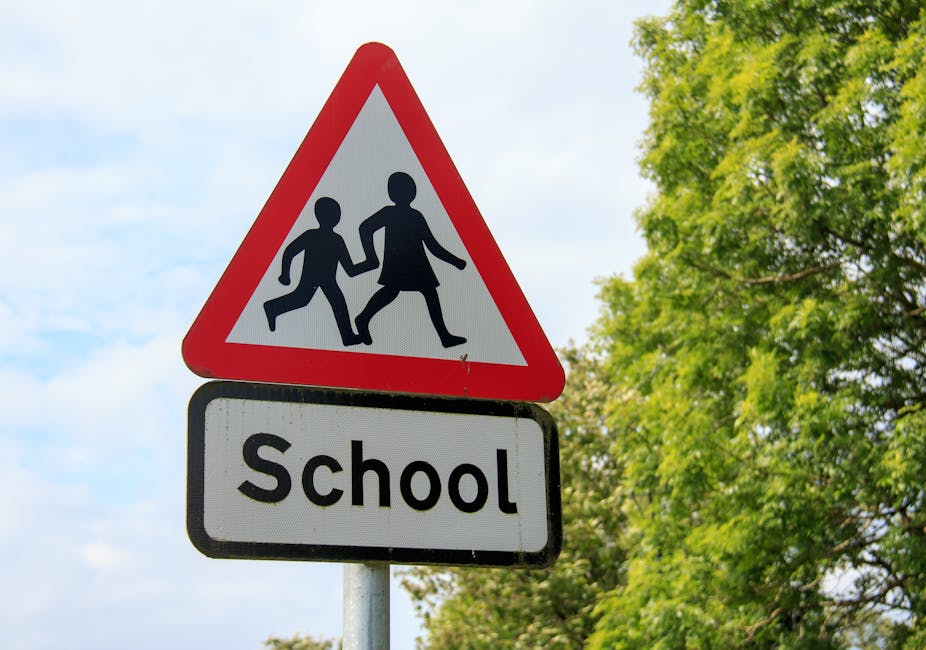The level of funding going into schools is at record levels.
Prime Minister Theresa May in an interview with Andrew Marr on the BBC on April 30, 2017.
As she hit the campaign trail, Theresa May repeated a claim she has made several times before, including during Prime Minister’s Questions in April, that education spending is at its highest ever level.
Her claim is based on Department of Education figures, which come from a National Audit Office report into the financial sustainability of schools. This report references the government’s total core schools budget, which is said to be at the highest ever level.
A Department of Education blog on school funding also details how school funding is:
At its highest on record at more than £40 billion in 2016 to 2017 and is set to rise to £42 billion in 2019 to 2020, with increasing pupil numbers.
When Theresa May made the claim, she was talking specifically about education in England, and she is referring to the “dedicated schools grant”. This is the whole block of money going to schools in England every year – which currently stands at £40 billion.
But while the £40 billion number is about accurate and it is true that this is higher than in previous years, it is not the whole story.
This is because in terms of education spending, it is the “per pupil expenditure” – literally the amount spent on each pupil – that is relevant and not the total amount of the “dedicated schools grant”.
Recent research on the subject has shown that day-to-day or current spending per pupil in England was largely frozen in real terms between 2010 and 2011 and 2015 and 2016.
Moreover, from 2015 to 2016 onwards school spending has been frozen in cash terms, which is likely to translate into a real terms reduction of around 6.5% between 2015 to 2016 and 2019 to 2020.
This would be the biggest real-term fall in school spending per pupil for 30 years.

The outlook for spending per student in further education (age 16-18) is much worse, with the same research forecasting that this is likely to fall by around 13% between 2010 and 2011 and 2019 and 2020.
We should be worried about these cuts in school and further education expenditure, given not only the financial implications, but also because there is good evidence which shows that expenditure levels have a direct impact on pupil performance.
Research has also shown that education plays an important role in generating improved productivity and growth and this is also acknowledged in the government’s own industrial strategy. It makes no sense then to actually disinvest in a “key pillar” of the industrial strategy.
Verdict
Theresa May’s claim is misleading because it omits important information, particularly details on “per pupil spending” which is the key figure here. When you look at the “per pupil” figures, it is clear to see that rather than being at the “highest levels”, school funding per pupil has been constant in the last few years. Research has also shown that “per pupil spending” is projected to fall dramatically in the coming years – which could have a direct impact on school budgets and pupil performance.
Review
Stephen Gorard, Professor in the School of Education, Durham University
While this Fact Check complains that Theresa May’s statement on school spending is not the “whole story”, according to official figures the prime minister’s statement is indeed correct – in the context of the schools budget in England. And this spending is set to rise in future years as pupil numbers increase.
The author is correct to point out that per pupil spending is at least as important as the overall total. But the research mentioned above shows that even this was still at a historical high in 2015 and 2016 – the most recent complete school year.
The same research shows that in real terms – allowing for inflation – per pupil spending has doubled since the 1997 to 1998 school year. It does predict that a freeze on total spending will lead to a real terms decrease in successive years, but this had not happened at time of writing.
Of course, none of this means that expenditure on schools is sufficient, or that we would not want more. Declines in spending would now be difficult for schools to cope with. Nor does it mean that the money is being spent wisely or in the most effective fashion by governments.
The Conversation is checking claims made by public figures. Statements are checked by an academic with expertise in the area. A second academic expert then reviews an anonymous copy of the article. Please get in touch if you spot a claim you would like us to check by emailing us at uk-factcheck@theconversation.com. Please include the statement you would like us to check, the date it was made, and a link if possible.

